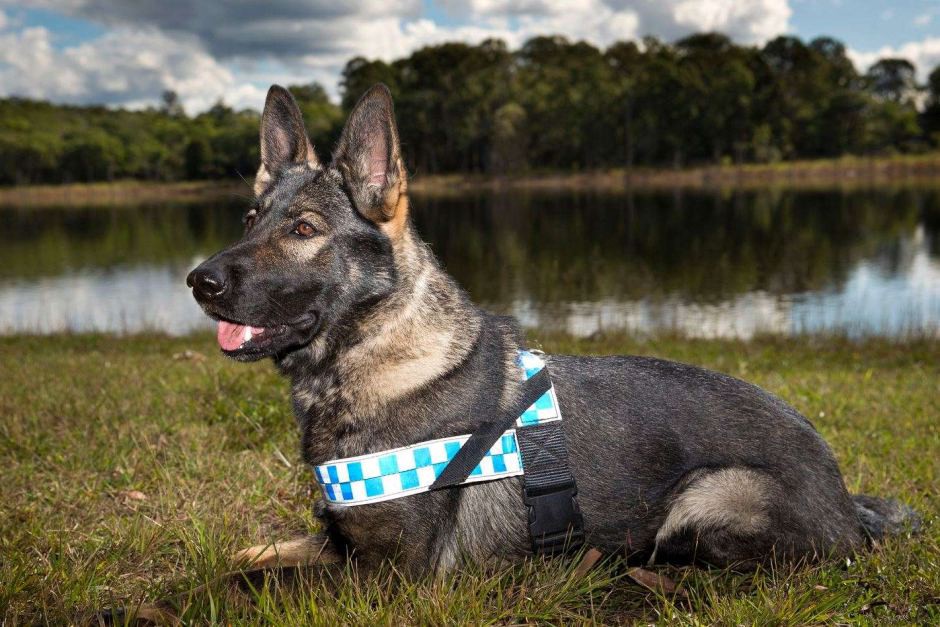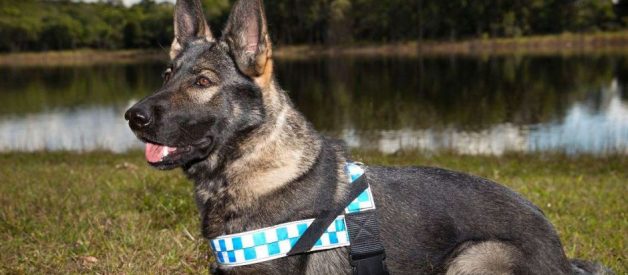 *Photo courtesy of QLD police service
*Photo courtesy of QLD police service
We all know the saying: a dog is a man?s best friend. Well, that saying holds true, even if man is dead. Not just protectors, dogs are the greatest rescuers of human life in every single scenario, delving into their innate biological ability to track and smell scents humans could never even dream of finding today.
Known as cadaver dogs, these dogs are trained to quickly and effectively located cadavers and human remains. In many cases, to close a case, provide the family with closure, and locate a potentially dangerous person at large, these dogs need to act fast ? and they sure do.
We are going to look at cadaver dogs and the top 5 things you probably didn?t know about these canines:
1. Accuracy: Did you know studies have found that not only are cadaver dogs 95% accurate at their craft; they can also smell remains up to 15-feet underground? These dogs can detect remains up to 30 meters underwater, and sometimes, need just a fraction of a bone or a drop of blood to determine the location of a cadaver.
2. Stamina: These dogs can cover 1.3 square kilometers per day, on an average basis, working with a ferocity that will not rest until the cadaver is detected. With no attitude or personal laziness, dogs are determined to serve their masters and perform on duty. If that means finding a cadaver, they are going to find it. According to Earth & World, the longest detection by a rescue dog was 3.2 kilometers.
3. Training: Cadaver dogs require roughly 1,000 hours of training before they are able to perform in the field. That?s more training than goes into many trade skills and other jobs that can be performed by humans today. These dogs are trained as thoroughly as possible, making them a highly valuable and lucrative investment for any agency or organization.
4. Human vs. Animal: Amazingly, these dogs are able to detect the difference between human and animal remains in their tracked area. Using their strong sense of scent, they can work through the woods and ignore the decomposing squirrels and birds while honing in specifically on the scent of a deceased human.
5. Residue Scents: Lastly, did you know that cadaver dogs can detect residue scents? That?s right ? if a body or body part was initially placed somewhere and moved by the killer elsewhere, the dog can still identify the scent of death in the area, providing experts with more critical information in closing the case.
Canine Search Teams
At this time, the Guardian reported it is hard to estimate how many cadaver dogs are at large in the U.S. (generally, agencies try and keep these stats under wraps). However, there are more than 500 canine-led search teams working to make the world a safer place. With the average canine completing 18-months to 2-years of training before they receive the official cadaver title, it certainly takes dedication, commitment, and patience from all parties involved. Thankfully, since our furry friends have noses with a smelling ability that is 10?1,000 times greater than ours, they have become one of our greatest security assets.
Grovers Mill Episode 3 features a very inquisitive little cadaver dog named Sherlock. Listen to find out more.
Described as ?Serial meets Little Britain? and ?true crime meets South Park? ? Grovers Mill is a crime and conspiracy podcast about a forensic psychic investigating the disappearance of a man entangled in the greatest hoax in history.
References: https://www.syracuse.com/news/index.ssf/2014/07/expert_well-trained_cadaver_dogs_95_percent_accurate_can_smell_remains_15_feet_d.htmlhttps://www.theguardian.com/lifeandstyle/2015/sep/08/cadaver-dogs-trained-to-smell-death


